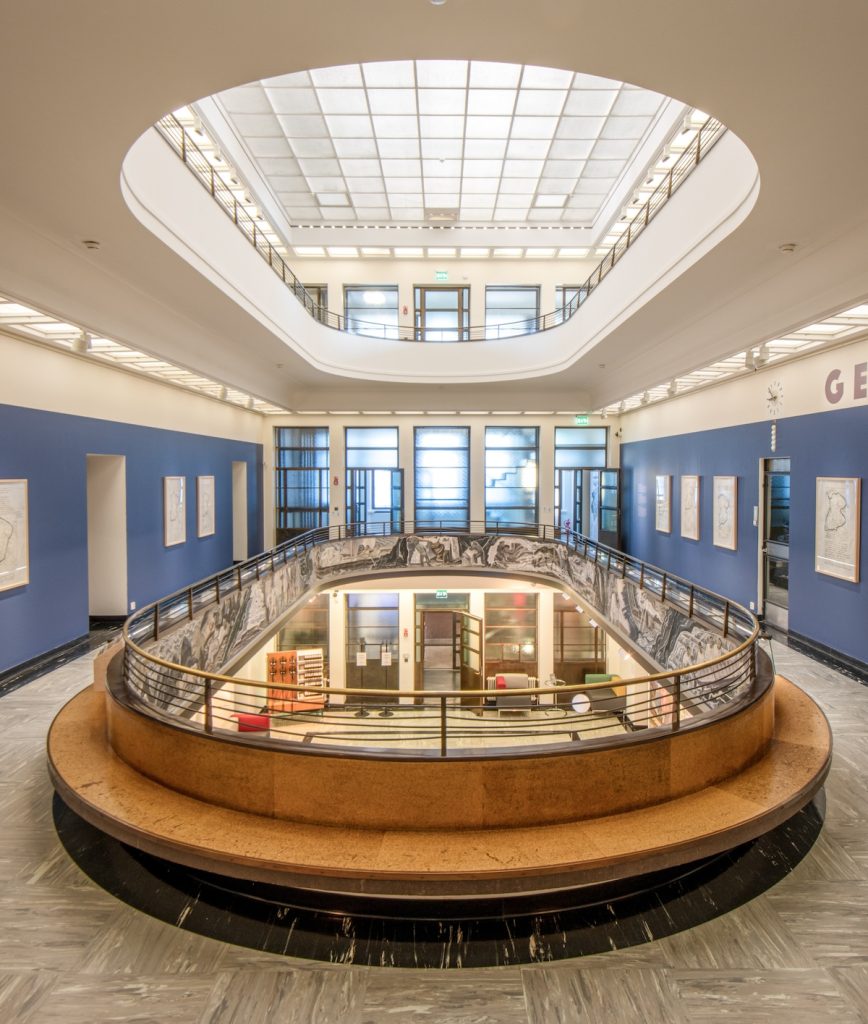Serlachius Headquarters renovated
Serlachius Headquarters in Mänttä is reopening with a fresh look on 15 June. The new main exhibition, Patrons, tells of the Serlachius family as supporters of the arts and builders of an ideal society in Mänttä. Nostalgic Serla products will also be featured, alongside art exhibitions in the galleries.
Located in the heart of Mänttä, the renovated Serlachius Headquarters will host the new permanent exhibition Patrons, Riiko Sakkinen’s Los moimoi de Fuengirola, and contemporary Finnish artists’ Thank-you Letters. Despite undergoing a geothermal heating renovation, the historic building still exudes the atmosphere of its industrialist past. The new family-friendly experiential space highlights the forest and art – the heart of the Serlachius story.
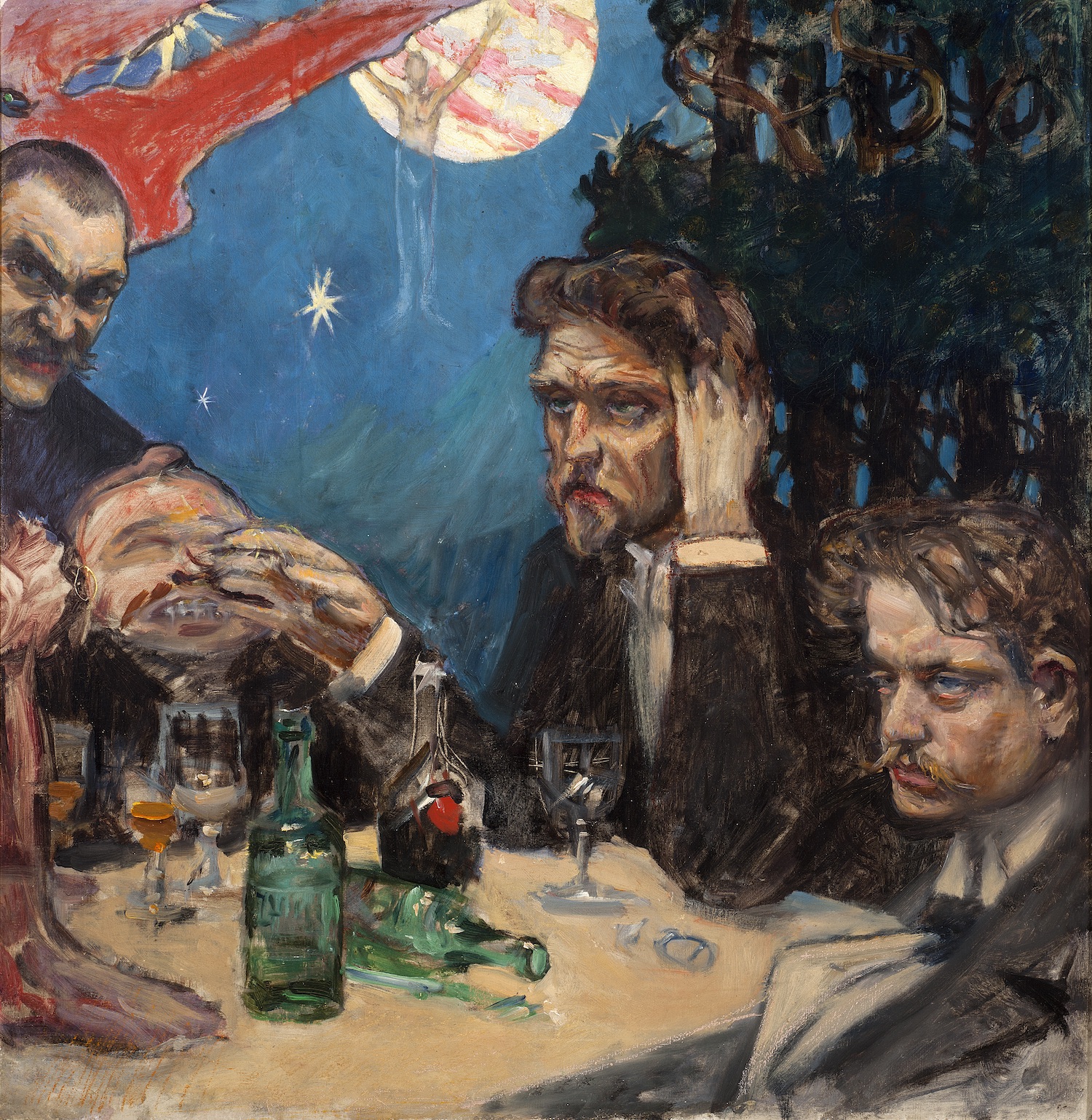
Alliance of industry and art
What do the Medicis of Florence, the Rockefellers of the United States, and the Serlachiuses of Mänttä have in common? They were all actively involved in supporting the art of their time.
G. A. Serlachius observed fellow businessmen investing in the arts, followed their example and discovered Finnish future talents like Akseli Gallen-Kallela and Emil Wikström. The Serlachius art collection includes over 200 works by Gallen-Kallela.
Gösta Serlachius, the nephew of the company’s founder, continued to support Finnish artists in various ways. He purchased works directly from artists such as Helene Schjerfbeck, whose expression appealed to the industrialist.
The new Patrons exhibition tells the story of the birth of the Serlachius art collection and delves into the broader history of patronage.
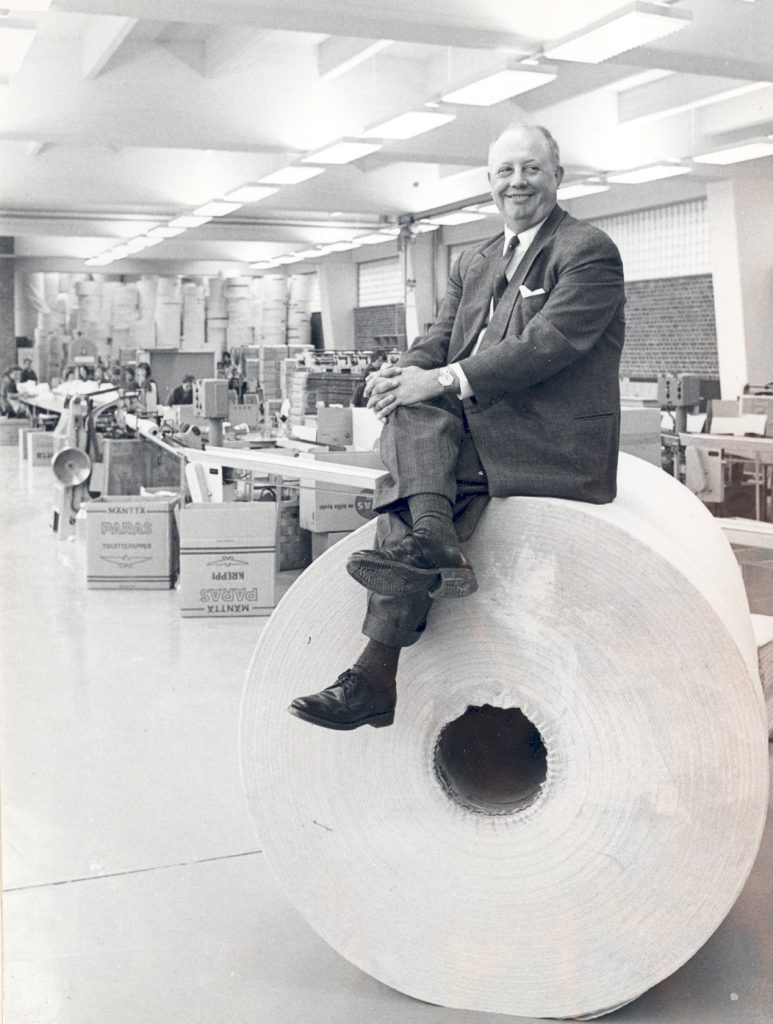
Building an ideal society
As in other industrial localities, the company in Mänttä provided essential services for its workers, such as healthcare, social welfare, housing and education before society assumed responsibility for providing them. Serlachius also built Mänttä Church.
Leisure activities were also arranged in order to attract white-collar personnel to Mänttä. The handsome Tennis Pavilion, for example, was constructed in the 1950s for the company’s senior management.
Mänttä became a prosperous small industrial community thanks to the paper industry. In the 1950s and 1960s, the town was presented as a Finnish ideal. Foreign Minister Johannes Virolainen’s and Indian Prime Minister Nehru’s visit to Mänttä in 1957 was not the only one of its kind.
The new Patrons exhibition illustrates the construction of an ideal society in Mänttä.
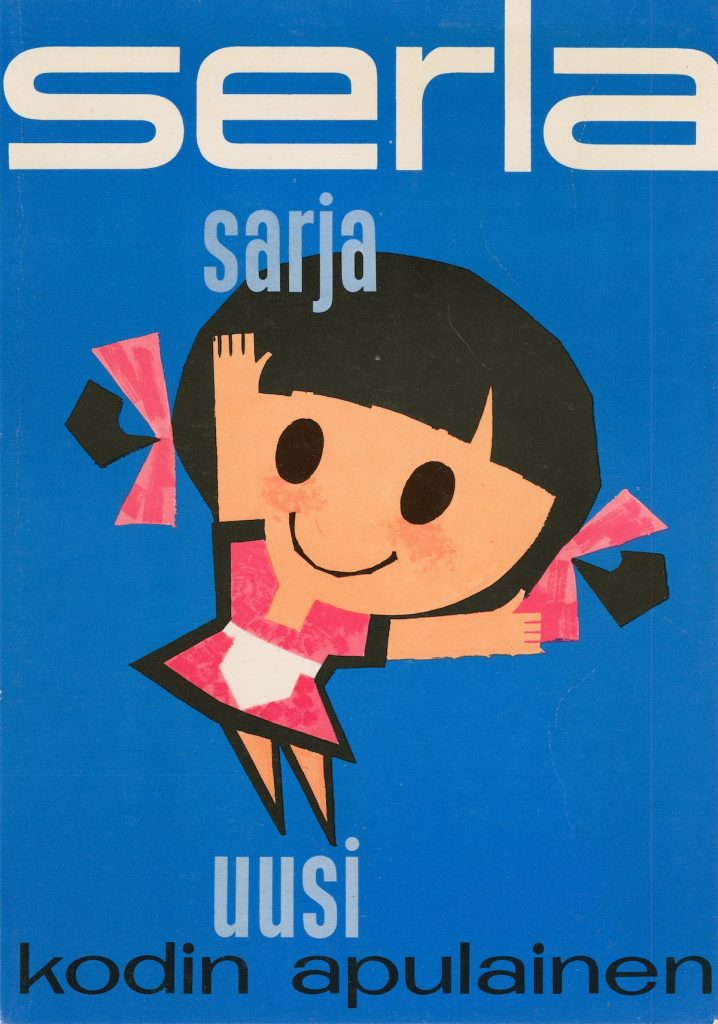
It has to be Serla!
Almost everyone in Finland has heard the advertising slogan for Serla products Serlaa sen olla pitää (It has to be Serla). Products from the factories established by G. A. Serlachius were marketed domestically and internationally under various names, such as The Best Hygienic Toilet Paper, Mänttä and Paras (The Best).
The Serla brand emerged in the 1960s when the G. A. Serlachius company began producing soft toilet paper in Mänttä with Europe’s most efficient crepe paper machine. Launched by the company, the Serla product line dominated the market with the help of a cartoon girl, familiar to everyone. Serla still lives on in the tissue papers of Mänttä mill.
The new Patrons exhibition showcases the ground-breaking marketing of Serlachius company products.
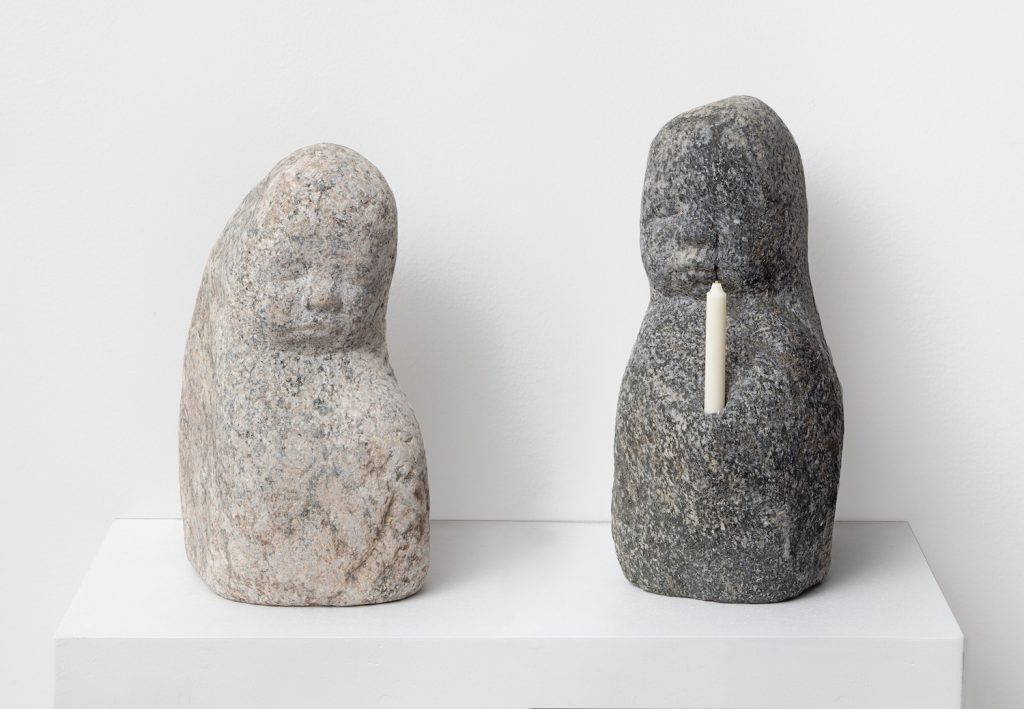
Let a thank-you touch you
The exhibition Thank-you Letters, curated by Serlachius’ Head of Design Tarja Väätänen and artist Elina Brotherus, will be displayed on the first floor of Serlachius Headquarters.
The exhibition’s concept is unique. Elina Brotherus has chosen an artist whose work has deeply influenced her, leaving a lasting impression. This artwork will be exhibited, and the artist who created it, in turn, will select the next artist and artwork. In addition to the works that have made an impression, a chain of thank-you messages, taking the form of a letter, video or other medium, will be created between the artists. The exhibition will feature around twenty Finnish artists.
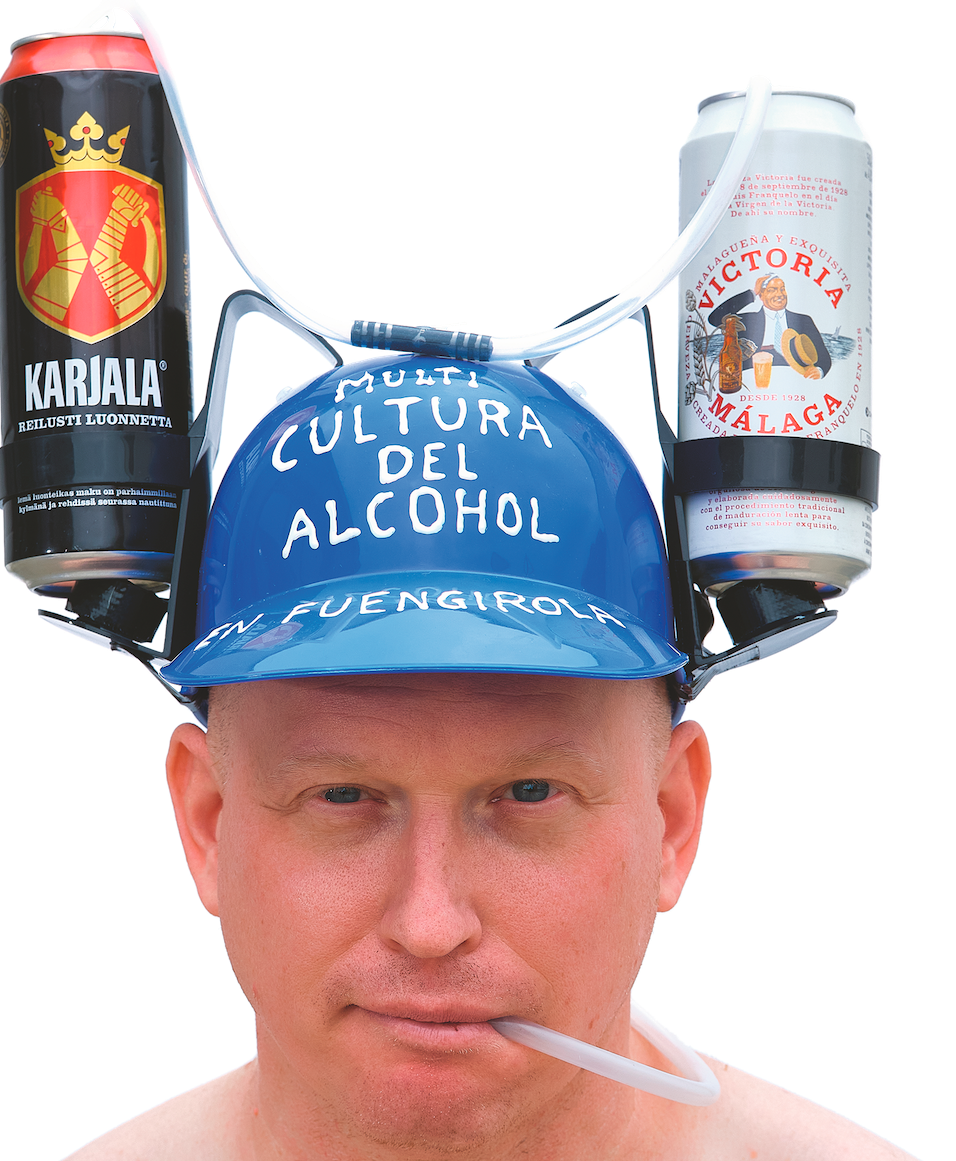
Welcome to Fuge, a Finnish utopia!
Artist Riiko Sakkinen, who has lived in Spain for over twenty years, has explored the Finnish community that has formed in Fuengirola on the Costa del Sol. His exhibition Los moimoi de Fuengirola will be shown in the basement of the Headquarters.
Fuengirola is home to approximately 30,000 Finns, who live their own semi-isolated lives, paying little attention to local language or customs.
“In Fuge, Finnishness is being redefined, as if starting from a clean slate. What is Finnishness without its own self-imposed limitations?” asks Riiko Sakkinen.
Explore the architecture and art of the Headquarters
The Serlachius company’s former head office in the centre of Mänttä is a sight to behold. Completed in 1934 as the calling card of G. A. Serlachius Corporation, the building represents classicism and functionalism. It was adorned with works by renowned artists and equipped with the best technology of its time.
The building was designed by architect brothers Valter and Bertel Jung. Gösta Serlachius, the industrialist, was involved in its design down to the smallest detail. Serlachius Headquarters has served as a museum since 2003.
Serlachius Headquarters was previously known as Serlachius Museum Gustaf.


